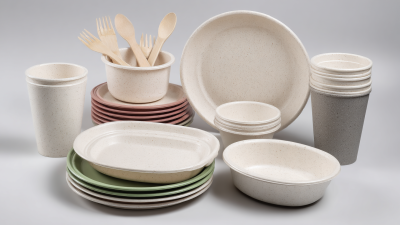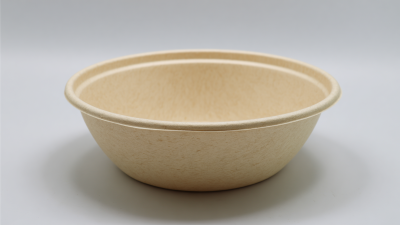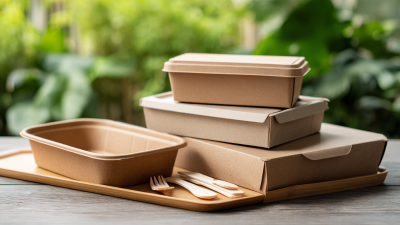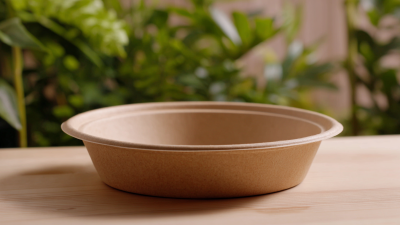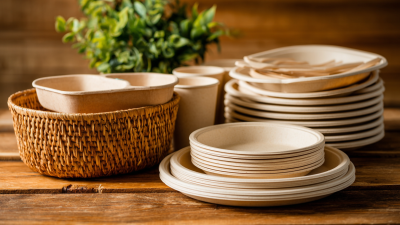As global awareness of environmental issues continues to rise, the demand for Sustainable Crockery is becoming increasingly prevalent among conscientious consumers. According to a report by the Ellen MacArthur Foundation, the global ceramic market is projected to grow significantly, with a notable emphasis on eco-friendly materials and production processes. In fact, the World Economic Forum highlights that approximately 91% of plastic waste is not recycled, emphasizing the urgent need for sustainable alternatives in everyday products, including tableware.
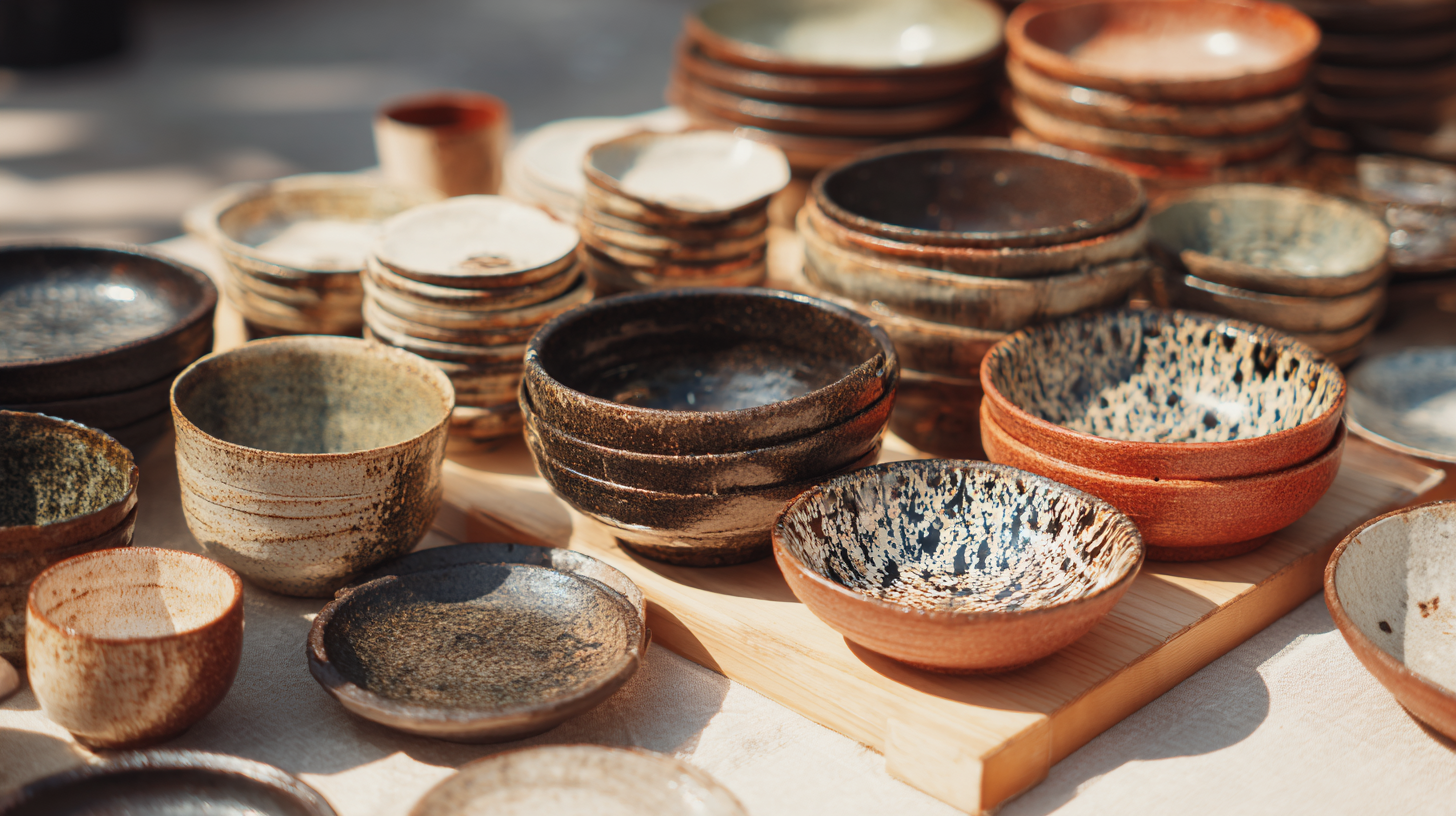
This blog will serve as a comprehensive guide for buyers looking to make informed choices in selecting Sustainable Crockery, covering essential factors such as materials, certifications, and ethical sourcing. By focusing on these guidelines, consumers can not only enhance their dining experience but also contribute to a more sustainable future.
When it comes to selecting sustainable crockery, understanding the materials used is essential for making eco-friendly choices. Many products on the market today promote themselves as "green," but not all are created equal. Look for crockery made from renewable resources such as bamboo, which is fast-growing and biodegradable. Other excellent options include recycled glass and ceramic, as these materials minimize waste and reduce the environmental impact associated with new productions.
Tips: Always check for certifications that indicate sustainability, such as the FSC logo for wood products or labels confirming that the materials are sourced responsibly. Additionally, consider the lifecycle of the crockery. Choosing items that are durable and designed to last will reduce the need for replacements and ultimately lessen your impact on the planet.
Another vital factor is the manufacturing process. Support brands that prioritize ethical practices, such as fair labor conditions and low carbon emissions during production. By choosing crockery that adheres to these sustainable principles, you can enjoy stylish dining while contributing positively to environmental conservation.
Tips: Before making a purchase, inquire about the production methods and the brand's commitment to sustainability. Engaging with manufacturers directly can provide insight into their practices and reinforce the importance of transparency in eco-friendly initiatives.
In recent years, the shift towards sustainability has profoundly impacted the tableware industry, with a notable increase in demand for eco-friendly crockery. According to a recent report by Green Blue, the global green tableware market is projected to reach $1.2 billion by 2026, growing at a CAGR of over 7%. This rise is largely fueled by consumer awareness regarding environmental issues, pushing brands to innovate with sustainable materials and production processes.
Top brands are leading the charge in providing sustainable crockery options. For instance, companies like Bamboozle and Eco-Products have embraced materials derived from renewable sources, such as bamboo and recycled plastics.
Bamboozle, for example, utilizes biodegradable bamboo fibers, which not only reduce carbon footprints but also offer durable solutions for consumers. Similarly, Eco-Products’ compostable plates have seen an impressive growth in demand, highlighting the trend towards zero-waste dining. These brands set benchmarks in the industry, proving that sustainability and quality can go hand in hand.
When it comes to purchasing sustainable dishware, understanding the key certifications is paramount for global buyers seeking to make environmentally responsible choices. Look for labels such as
Cradle to Cradle Certified®, which emphasizes the importance of trust and supply chain transparency in promoting green purchasing behavior. This certification guarantees that products are designed with the entire lifecycle in mind, encouraging a
circular economy that minimizes waste.
Additionally, consider certifications like the Forest Stewardship Council (FSC) for wooden dishware, which ensures that materials are sourced from responsibly managed forests. These labels not only provide assurance about the environmental impact of the products but also enhance consumer trust, vital in today’s eco-conscious market. With consumers increasingly inclined towards eco-friendly products, buyers can confidently invest in sustainable dishware, knowing that their choices contribute to a healthier planet while also aligning with their values.
When it comes to purchasing sustainable crockery, buyers are often faced with the dilemma of balancing quality with cost-effective solutions. A recent report by the Global Sustainable Finance Network revealed that while sustainable crockery options may come with a higher upfront investment—typically 20-30% more than conventional alternatives—they often lead to long-term savings. For instance, high-quality materials such as bamboo and recycled ceramics not only boast better durability but also reduce the frequency of replacements, ultimately lowering overall costs.
Moreover, according to a survey conducted by the Eco-Friendly Products Association, 65% of consumers are willing to pay more for products that support environmental sustainability. This shift in consumer behavior is prompting manufacturers to innovate, creating cost-effective yet sustainable options without compromising on quality. Products made from biodegradable materials, for instance, are gaining popularity as they offer a balance between affordability and environmental impact, making them an attractive choice for global buyers who seek both value and sustainability in their purchases.
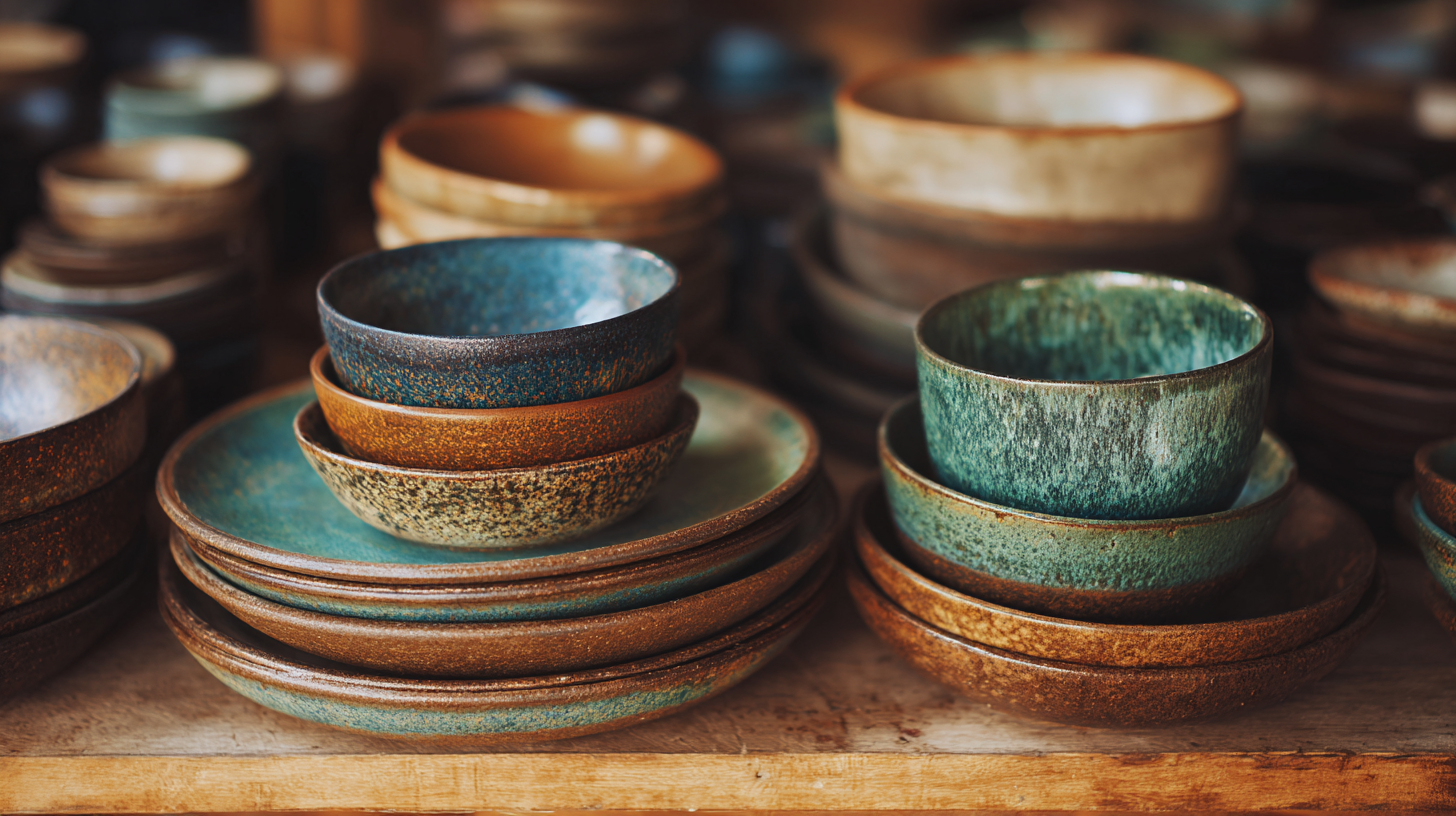
Caring for sustainable crockery can significantly extend its lifespan while ensuring that your eco-friendly choices remain effective and stylish. First and foremost, always check the manufacturer's care instructions, as different materials require unique handling. For example, bamboo and melamine products may need gentle washing with a soft sponge instead of abrasive pads to avoid scratches. When it comes to drying, air-drying is often the best method to prevent warping or discoloration, especially for natural materials like wood or clay.
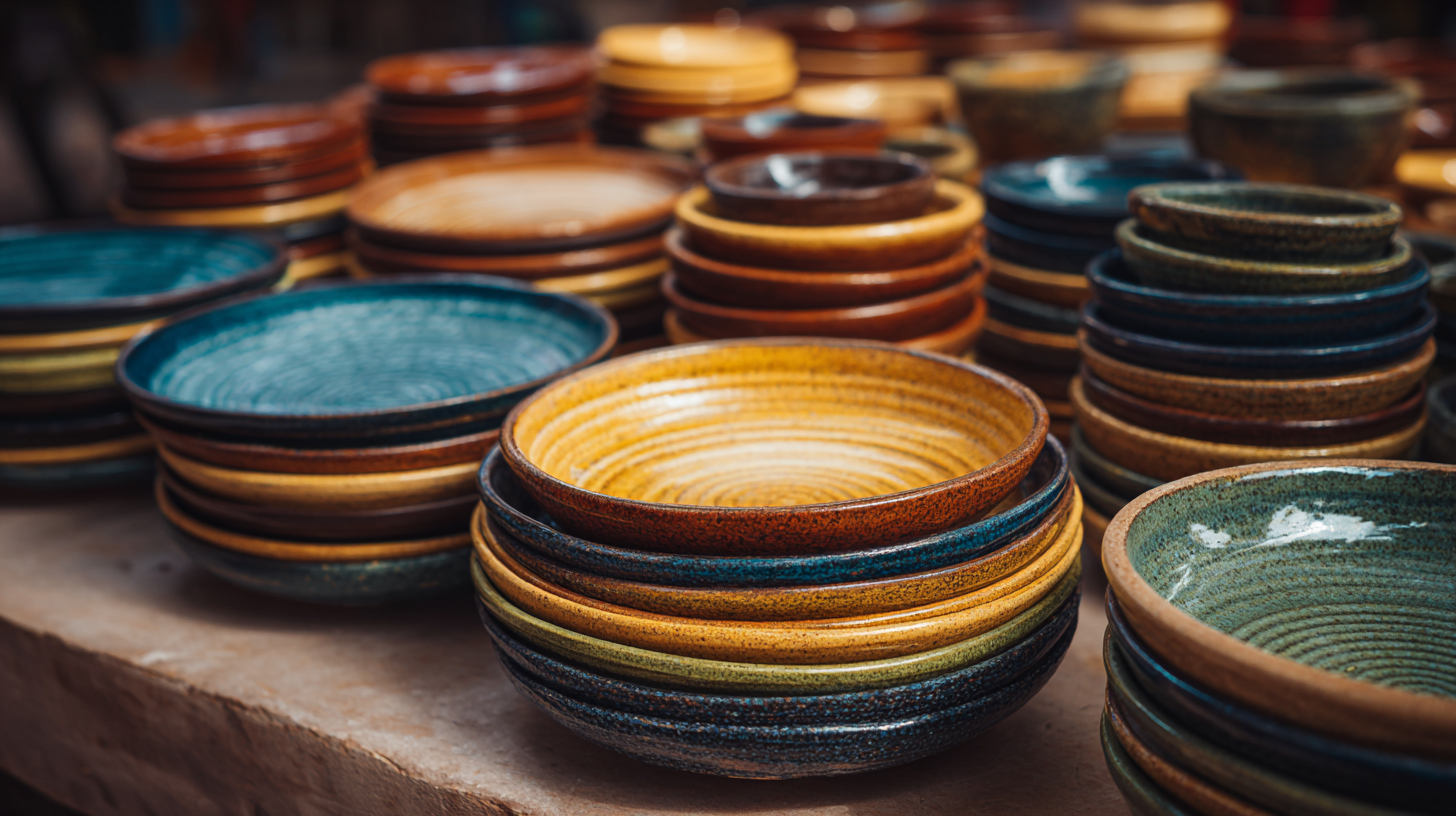
Storage also plays a crucial role in the longevity of your sustainable crockery. Stack heavier items at the bottom and lighter ones on top to prevent breakage. For delicate pieces, consider using a protective layer, such as cloth, between dishes. If your crockery is dishwasher safe, try to place it on the top rack, away from heating elements. Finally, be mindful of extreme temperature changes; avoid placing hot items directly into cold water, as thermal shock can lead to cracking. By following these simple maintenance tips, you can enjoy your sustainable crockery for years to come while minimizing environmental impact.
